Go deeper up front, shallower on the back - here's why I think Roval's strategic bait and switch tactic, is the right way to go
Roval launched a new range of wheels today, developed with data from winning sprints. That's niche, but I think it makes a lot of sense, for Roval at least.


Specialized can lay claim to the most-winningest bike in the Specialized Tarmac, and numerous other lofty accolades, alongside a level of experience that only arguably the biggest brand in WorldTour cycling can have.
So when it launches a new wheelset, through in-house brand Roval, my ears prick up and perhaps so should yours. The wheels in question are the updated Rapide Sprint CLX, CLX III and CL II.
It’s easy to imagine we’ve reached peak wheel right now. With so many wheel launches recently, it’s difficult to know how to separate them all, or which wheels might be best to buy, with near consensus on minimal weight for the material and shape of the rim; most brands finally moving to Hugi-style ratchets in their freehub hardware, alongside the chase for lighter weight, through the widespread adoption of carbon spokes.
STEEL VS CARBON. Steel still wins in the battle of the spokes
The problem is steel is brilliant at being a spoke. Every wheel company I’ve spoken to agrees, and has also, in private at least, agreed that carbon is a compromise in this component.
Sure, a carbon spoke sheds weight, but steel has properties that carbon doesn’t, and those properties are critically important for a component that uses compression and tension in the spokes, to distribute loads evenly, throughout the structure of a well-built wheel.
In an example where a carbon spoke is used instead, the material is naturally so stiff and static that dynamic loads don’t move into the spoke at all. Leaving energy from impacts to spread through the rim only. Rims have to be strengthened to manage that issue.
You can guess where that ends up in terms of ride quality.
The latest race content, interviews, features, reviews and expert buying guides, direct to your inbox!
Carbon spokes have a future, we're just not there yet
Does that mean carbon spokes are hopeless, no, of course not. But the engineering solutions that will need to be uncovered to put back that ride quality, are a way off yet. For now, that means we can have our ultralight wheel cake, but eating it will not yet be the tasty and soothing experience we’ve come to expect from a well-built contemporary steel-spoke wheel.
In this latest launch, Roval have gone down the carbon spoke route, but it appears it's made some strides forward, with the Continuous Composite Spokes, designed in conjunction with U.S based Arris Composites. The rim has been reinforced to manage the loads in the rim, but all up weight is still lower than the steel spoked alternative. Further, they claim that the operating tension is on a par with steel spokes, meaning wheel builders don’t need to rewire their brains to build with them.
The final problem, which Specialized claim they’ve overcome is bulk. A DTSwiss Aerolite spoke – the acknowledged benchmark in spoke technology – is steel. Current carbon spokes - whilst undoubtedly lighter than steel equivalents - are far larger than the steel benchmark, creating more drag. A carbon spoke is therefore, generally, slower in that aero context.
Specialized say they’ve overcome this issue too, which to recap, means Roval have:
- Worked out how to manage greater loads, inside the rim.
- Operating tensions are on par with steel alternatives.
- Created a bladed spoke which they claim, although noticeably wider, is shaped in such a way that it performs as well as a DT Swiss Aerolite in aero performance terms.
No mean feat.
You’d think that might be enough for them to leave it at that, but instead they’ve decided to play a strategic card that is arguably unavailable to many others, and build wheels that perform at their best in a sprint.
Play them at the games you know you can win
Through careful analysis of their own empirical data – which objectively is only really available to a brand that’s won in as many sprints as Specialized has – they’ve come up with what, on the face of it, could look like a gimmick, but does make some strategic sense, once you’ve dug into the detail.
Analysis of the data has led them to an ideal depth of a front rim for winning a sprint. That depth they say is 63mm and it has applied it to the Sprint CLX model with that knowledge in hand. For their next trick, they then tested the wheel as part of a system including the rider. The only way they say, an aero wheel test makes sense.
The testing appears to have started from a logical hypothesis that investments in aero are paid in grams added. And that the best investments come at the front of the bike, where frontal area reductions lead to the biggest gains; Roval says that 90% of aero benefits come from the front wheel and grams spent at the back of the bike really don’t do as much. With that finding, they decided to put the 63mm depth at the front, and reduce depth at the rear of the bike, in the case of the Sprint CLX that’s 58mm. The assert that the data also showed that weight savings here, add up to better forward progress from power invested at the pedals, and their final conclusion, put simply… is that if you want to win a sprint, you need a deeper wheel at the front, and less out back.
The answer they’ve come up with, is literally back to front. Conventional wisdom holds that you put the deeper wheel at the back, where it can be aero-most, without getting you into trouble in side winds. The shallower profile, goes up front, where side winds might cause the steering the most problems. Specialized data, it claims, says that’s all wrong if you want to win a sprint.
It’s also applied this thinking to the Rapide CLX III wheelset, which now sees 51mm deep front wheel paired with 48mm deep wheel at the rear.
Will going deeper up front, win them the sprint?
This launch seems to come in a moment where we’ve reached peak wheel performance – a world where even house brands specify wheelsets so capable, the after market for upgrade wheels is becoming less relevant.
In aero terms there’s only so many ways and yaw angles you can be faster than the next product and that often comes down to the way brands test them. In terms of weight targets, we’ve reached the limits of the available materials in terms of what we can reasonably do to remove material from an aero rim (or hub) before it becomes too light to be useful.
That leaves the carbon spoke with which to advance the cause or differentiate, which for the reasons identified, plays havoc with the ride feel and leaves everyone fighting for an ever lower overall weight, which further backs brands into a complex corner, where ride quality, comfort and ultimately control is traded off for grams.
Strategically, instead of seeking new tech in the physical components (there are plenty of improvements there too), Roval appears to have sought an edge from the unique body of data they’ve accumulated from winning sprints. Whilst vendors are falling over themselves to sell carbon spokes and knock a few easy grams out of the wheelset, brands like Specialized and Roval are betting that no one has more data than it has. And that’s not a bad bet.
Or they'll just demonstrate it's all faster next month at the Tour De France, which regardless of how relevant that is to you and I, won't do this new concept any harm at all.
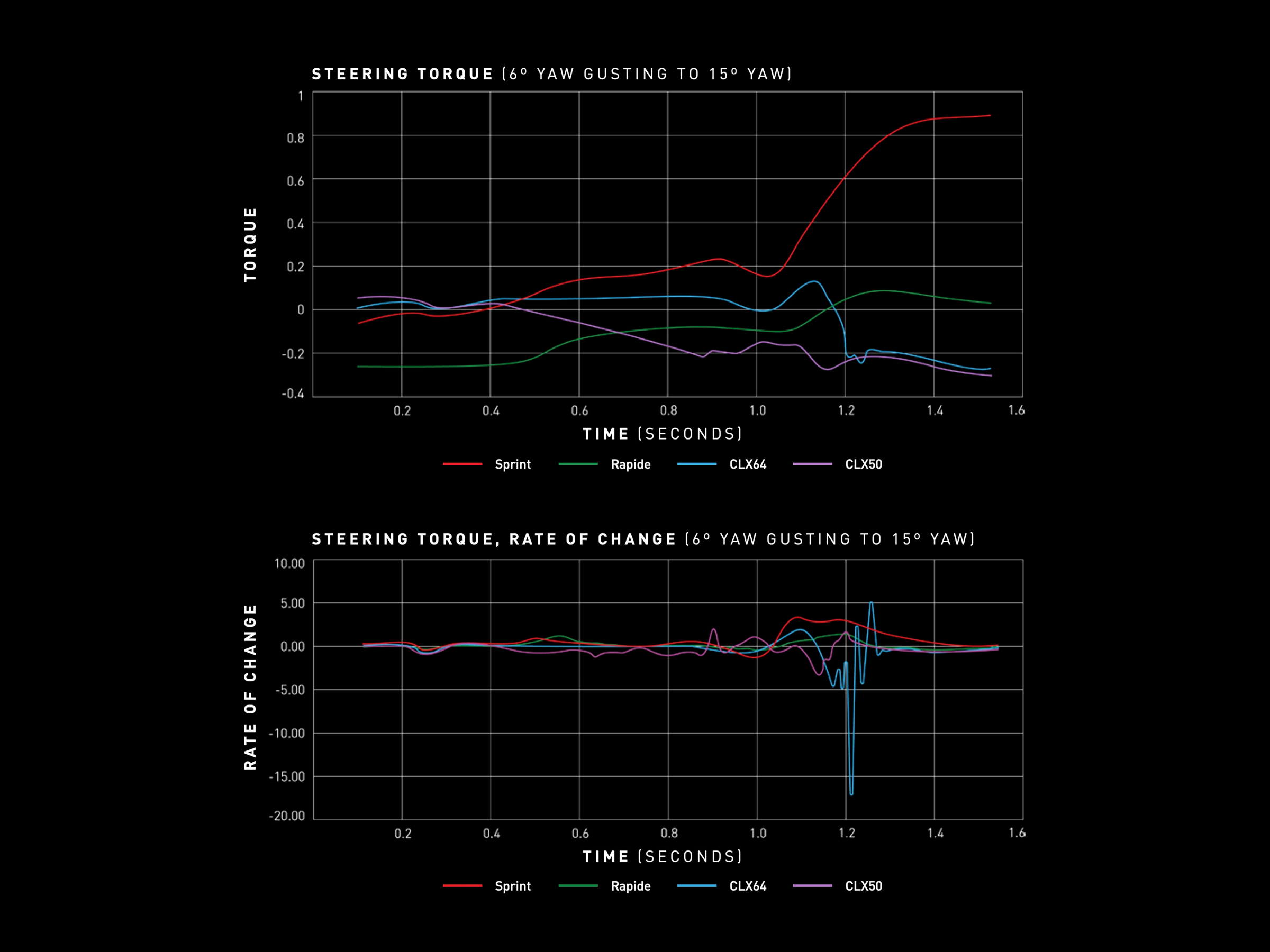
Data from press release for new Roval CLX III and CLX Sprint wheelset ranges
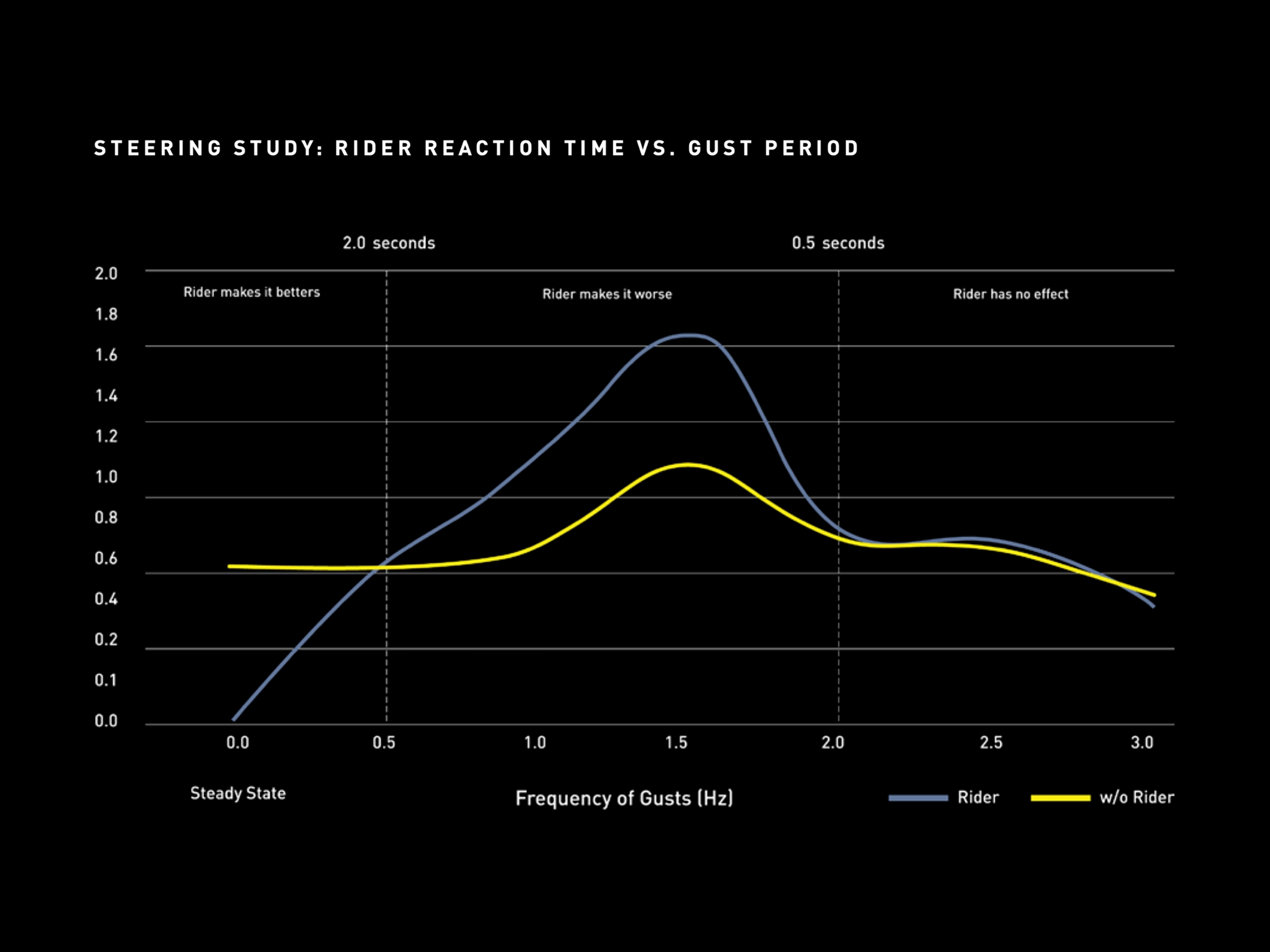
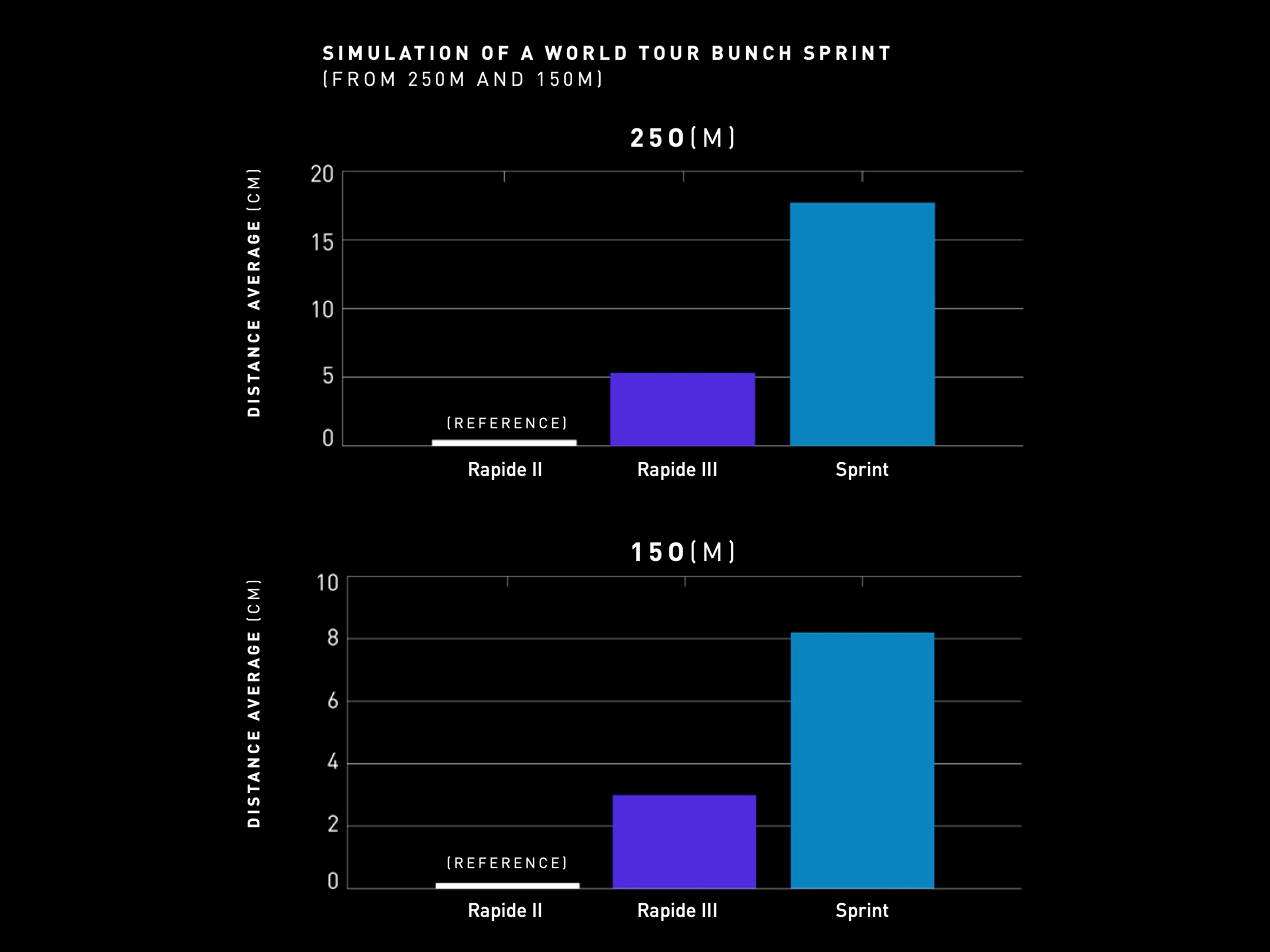
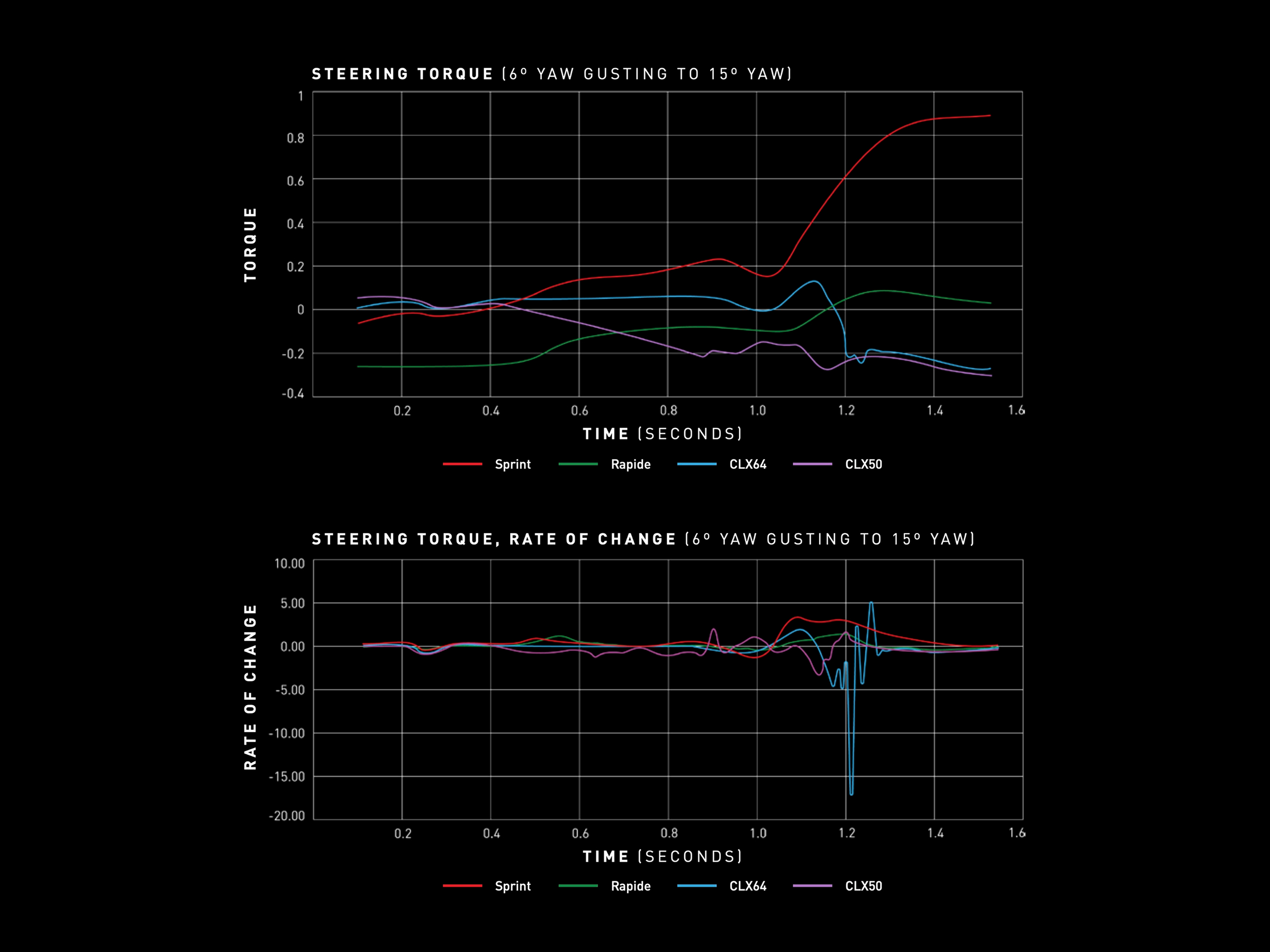

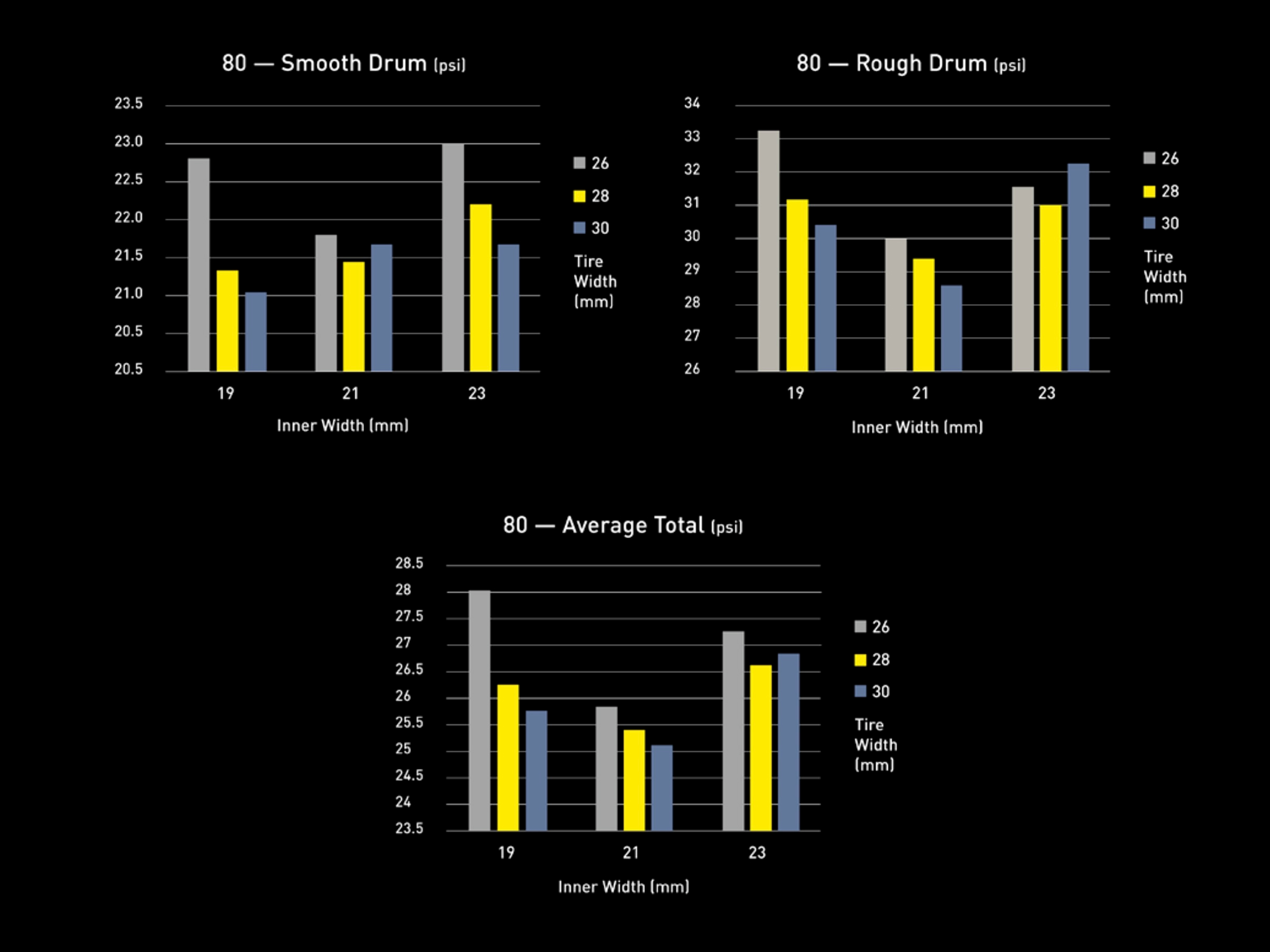
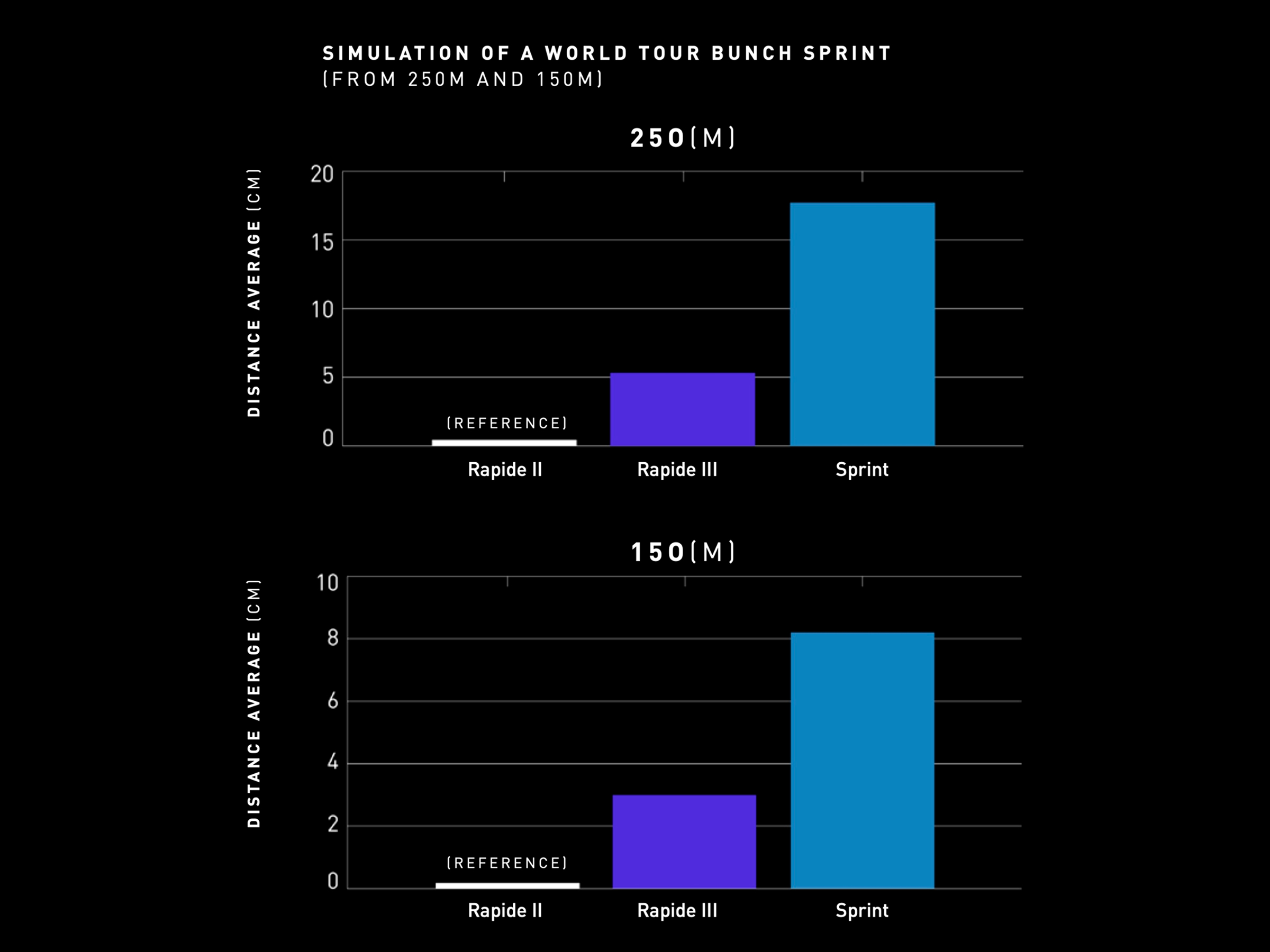
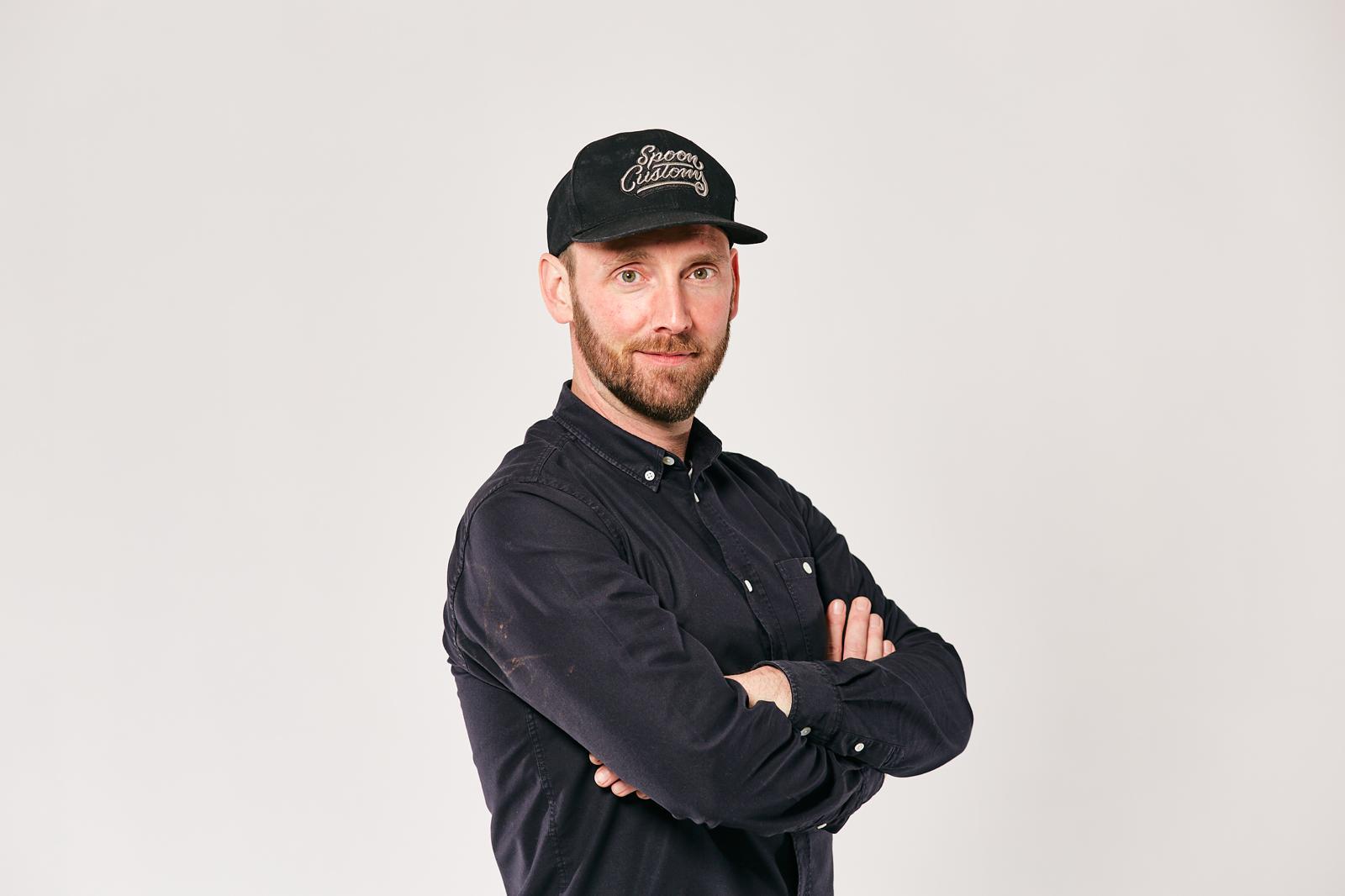
Andy Carr is the tech editor at Cycling Weekly. He was founder of Spoon Customs, where for ten years, him and his team designed and built some of the world's most coveted custom bikes. The company also created Gun Control Custom Paint. Together the brands championed the highest standards in fit, fabrication and finishing.
Nowadays, Andy is based in Norfolk, where he loves riding almost anything with two-wheels. He was an alpine ride guide for a time, and gets back to the Southern Alps as often as possible.
You must confirm your public display name before commenting
Please logout and then login again, you will then be prompted to enter your display name.